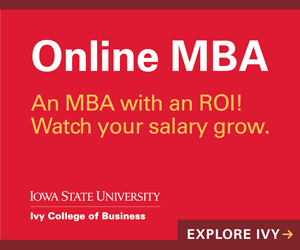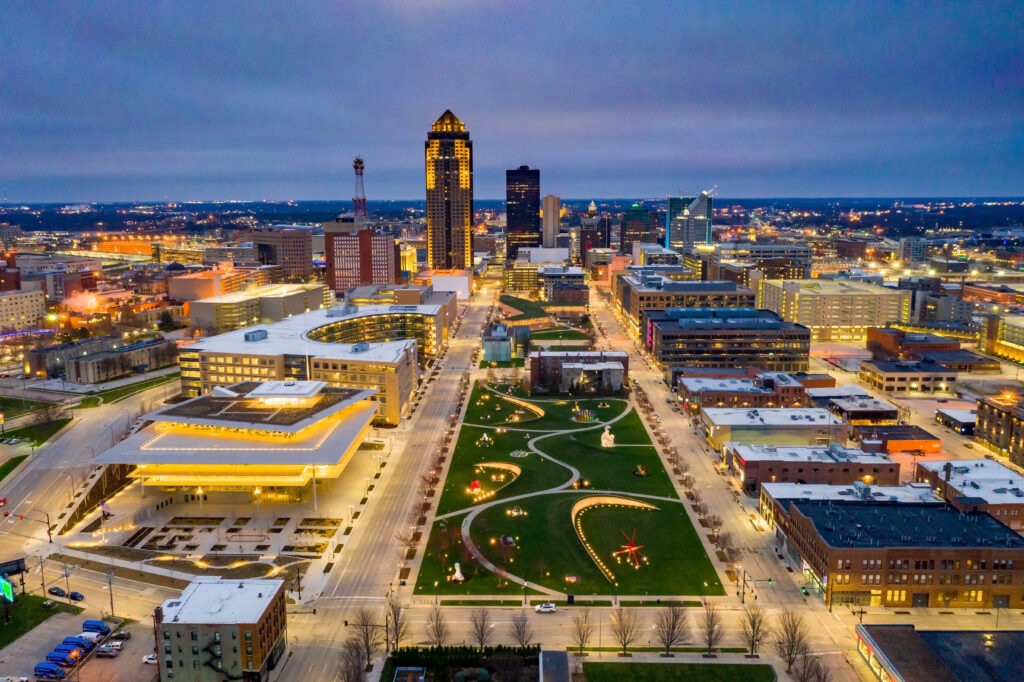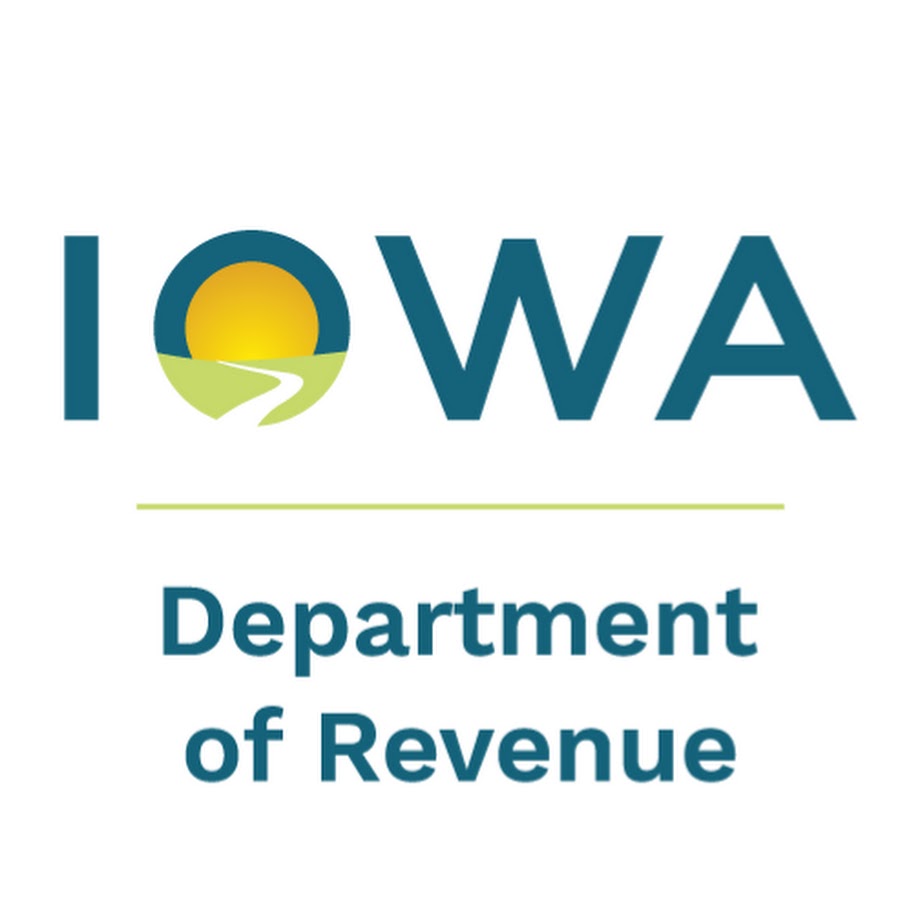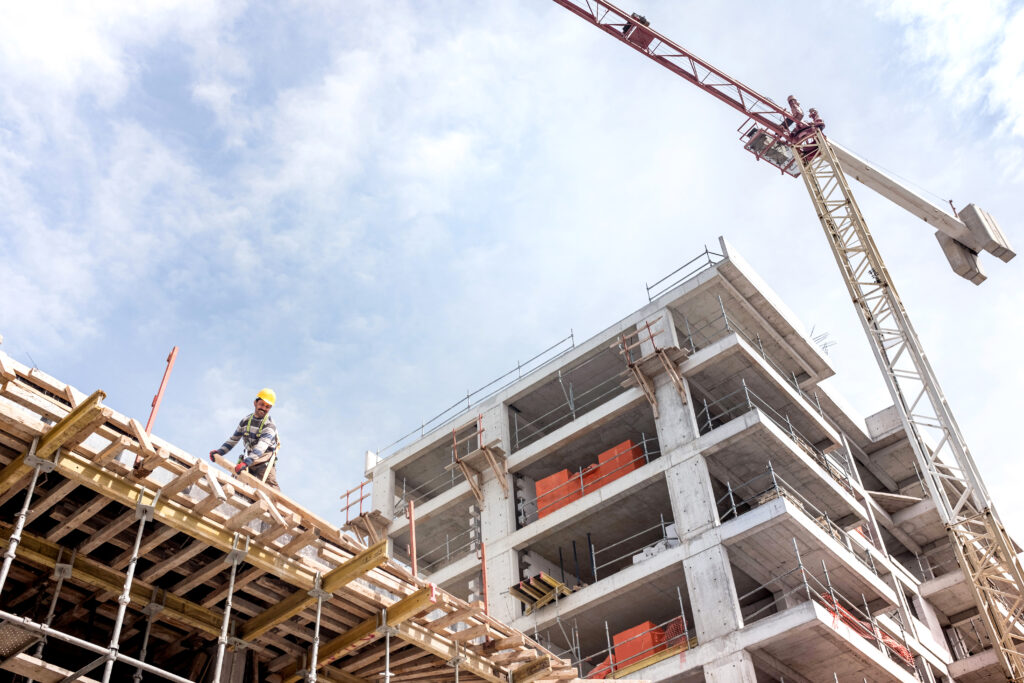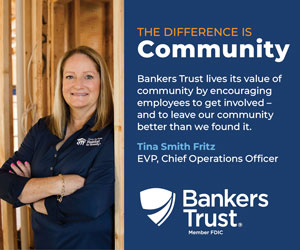Envision Iowa: Think Tank: What are the experts saying about Iowa’s infrastructure investment needs?
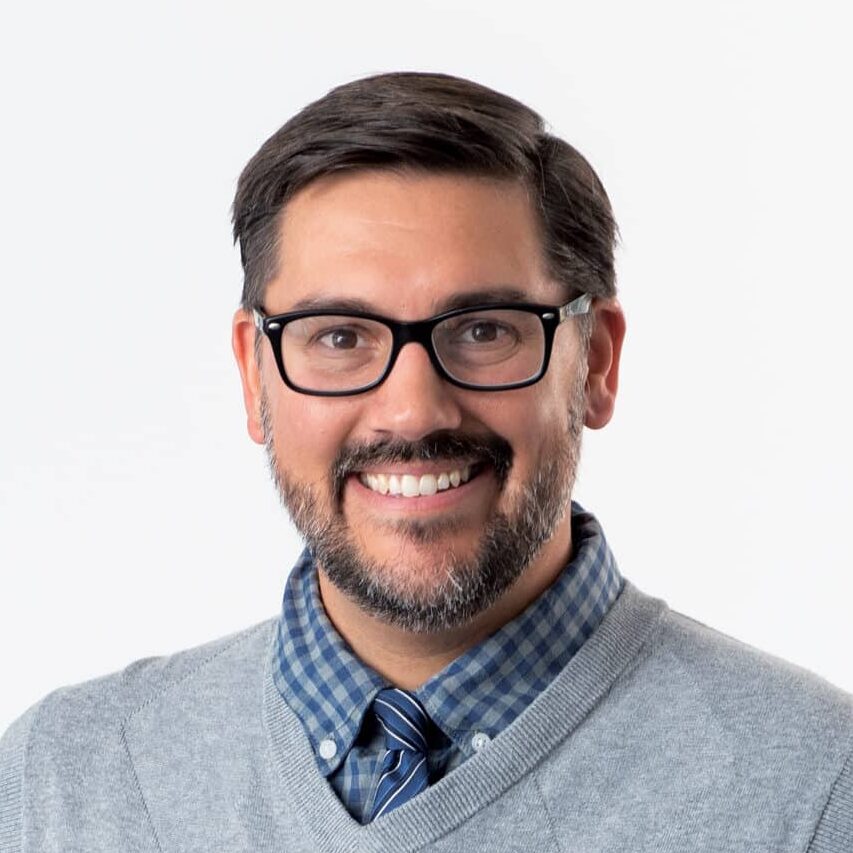
Mike Mendenhall Oct 4, 2024 | 6:00 am
6 min read time
1,479 wordsBusiness Record Insider, Economic Development, Energy, Government Policy and Law, Housing, Transportation, Workforce DevelopmentIn order for leaders to position Iowa’s organizations for success in a post-pandemic environment, we need a strong and solid infrastructure to support a healthy business climate. In the third and final virtual Envision Iowa Think Tank of 2024, we explored infrastructure needs, including energy, transportation, broadband, housing, child care, health care and more.
In a keynote Q&A, Simpson College President and former Greater Des Moines Partnership CEO Jay Byers and Business Publication Corp. Group Publisher Chris Conetzkey discussed Iowa’s social and educational infrastructure needs.
The panel discussion, moderated by Business Record Associate Editor Mike Mendenhall, examined the physical infrastructure opportunities and challenges facing Iowa businesses, governments and nonprofits.
Panelists:
Stu Anderson, transportation development division director, Iowa Department of Transportation
Byers
Jeff Davidson, executive director, Jasper County Economic Development Corporation
Katie Shawver, airport manager, Knoxville Municipal Airport
Here are a few of the key takeaways from the think tank:
Keynote Q&A:

Byers said that, regardless of the economic conditions, the top issue for for-profit, nonprofit and public sector employers during his 18 years at the Partnership was workforce talent. He said all levels of Iowa’s educational infrastructure played a key role in making sure workers had the skills for business to be successful here.
“So it’s important that we have great preschool options. It’s important that we’ve got a great K-12 system support, it’s important that we have strong community colleges, strong four-year colleges, and what we’re doing with the apprenticeships as well. And then making sure that our current workforce is committed to lifelong learning because, again, the speed of innovation is happening so fast everybody needs to stay up to speed on their skill sets,” Byers said.
The Simpson president said there is a “symbiotic relationship” between Iowa’s state and private schools and employers and the private sector.
“In terms of internships and in terms of full-time employees, about 75% of our students come from Iowa but 80% stay, so we’re a net importer of talent, and as are most of the private colleges in Iowa. And so I think that’s important for us. We haven’t been a fast, rapidly growing state, but the colleges and universities have been a big part of that in terms of recruiting talent,” Byers said.
The four-year education community has “been somewhat of a punching bag for the last couple of years,” Byers said, despite studies that show there is still a wide pay gap between people who hold bachelor’s degrees and those who do not. That makes the affordability of that education more important, he said.
“In terms of your education, in terms of those soft skills, power skills, life skills, whatever you want to call them, in terms of project management and communication and all those other important skills, I think that schools like the Drakes, like the Simpsons, like the Grand Views, do a really good job of that, and those are skills that transcend multiple careers or multiple jobs over multiple careers, over a lifetime,” Byers said.
According to Byers, there are two “cliffs” right now for private colleges – a smaller pool of potential students and skepticism of the need for college. Byers said there are fewer college-age students today than there were 15 to 20 years ago. He attributed that to people having fewer children as a result of the Great Recession. Schools ability to adapt to the reduced number of potential students is made more challenging with some thinking there’s no longer a need to go to college, Byers said.
“Despite those trends, we this year had the largest first-year class we’ve had in more than a decade. And both with first-year students, and then a large number of transfers, too. So I think it’s all about, how do you package your product? How do you show that it’s affordable and accessible? Then how do you show that value? I think it’s like anything else, you have to show that value. You’ve got to show the value to the students and to the parents as well,” he said.
The panel:
What is the biggest infrastructure opportunity or challenge for your company, organization or community you serve?
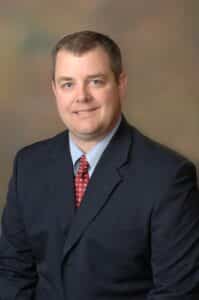
Anderson said the biggest challenge for IDOT is funding, particularly inflationary effects on funding and the agency’s buying power. He said that holds true for all transportation sectors and modes.
“We’re all very familiar with the rapid inflation we saw over the last couple years. Transportation was not immune to that. Just speaking on the highway side alone, if you look at the fuel tax increase that was passed here in Iowa back in 2015, if you look at the impact on buying power due to those inflationary increases, we’ve really lost all the buying power we gained now with that fuel tax increase,” Anderson said.
Increases in the cost of transit vehicles have caused agencies to delay fleet replacements due to costs.
“Of course, we are pleased that inflation has very much moderated. Our lettings here at the department have gone really well in the last 12 months. But of course, those costs are at the same high levels they were at, but at least they aren’t increasing anymore,” Anderson said.
One “soft” strength of Iowa’s transportation ecosystem is interagency cooperation between IDOT, the 35 public transit organizations and the state’s private railroads, freight shippers and other stakeholders, Anderson said.
“We’re making the right decisions with those limited funds, and maybe more importantly, at the state level, we have a long history of partnering with our state agencies, and in particular, we’ve really focused on our partnership with the Iowa Economic Development Authority. Transportation plays a really important role in the state’s economy,” he said.
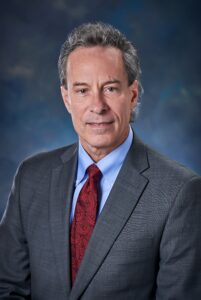
According to Davidson, the competitive environment in business development and the corresponding infrastructure needs “is more intense than ever.”
“The notion that’s out there now, that in the internet-based world you can live anywhere and work at a job, you don’t necessarily have to be on site somewhere. Well, some of that translates also to primary business development as well, and it makes the environment more and more intense and more and more competitive. We have to put ourselves in a position where we can be competitive, and I think certainly in Central Iowa we can do that, but that is something that is just becoming more and more and more of a challenge,” Davidson said.
JEDCO uses the IDOT-maintained transportation connection between rural Jasper County and Polk County’s urban centers in its marketing pitch to court businesses that are considering locating to the area, Davidson said.

Shawver noted that the Des Moines International Airport terminal and parking expansion will not only help relieve strain from passenger growth, but also give an opportunity to expand on the 142 million pounds of cargo that comes through air transport. In Knoxville, she said, like IDOT, buying power for expansion and maintenance projects has been diminished due to inflation. But municipal airport infrastructure should be seen as an economic development tool for rural Iowa.
“On a smaller scale in Knoxville, infrastructure could include longer runways, expansion of runways that would allow more businesses to come to small rural communities,” Shawver said.
“For instance, in Knoxville, we are limited by runway length. We have 4,000 feet, which would limit aircraft size that can land in Knoxville, which could prohibit businesses from coming in.”
Byers cited three transportation projects important to Simpson and a growing Indianola: The airport expansion, the effort to reclassify the Iowa Highway 5 and U.S. Highway 65 bypass to an interstate and the soon-to-open Summerset Trail connection to Easter Lake.
How do those challenges and opportunities affect the business climate in urban and rural Iowa or statewide?
Shawver said a big push in aviation is sustainability in terms of cost and environmental impact.
“Having solar farms on airports to reduce the carbon footprint that we’re producing [is an area of conversation]. And so I think that just for airports that are urban and rural to both be focusing on continuing the modernization and expansion of those airports in a sustainable way within the guidelines that they’re funding and in regulatory issues, I think is important,” Shawver said.
Although skilled labor and talent attraction remain an “enormous component” of business attraction, Davidson said, the post-pandemic climate has driven other needs to the top. Social infrastructure discussion on flexibility of remote work and higher worker pay are two, he said. But Davidson is hearing more from developers and businesses about other resources.
“What is emerging in its place, and I’ve heard this repeatedly from site selectors as well as companies that I’ve been working with, is that electricity and water are emerging as the two really important infrastructure components,” Davidson said. “And that, of course, makes it interesting, because one is typically publicly provided and one is typically privately provided.”

Mike Mendenhall
Mike Mendenhall is associate editor at Business Record. He covers economic development, government policy and law.

